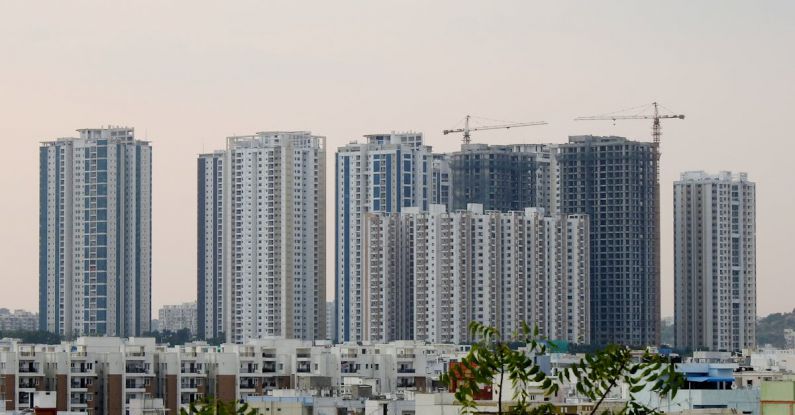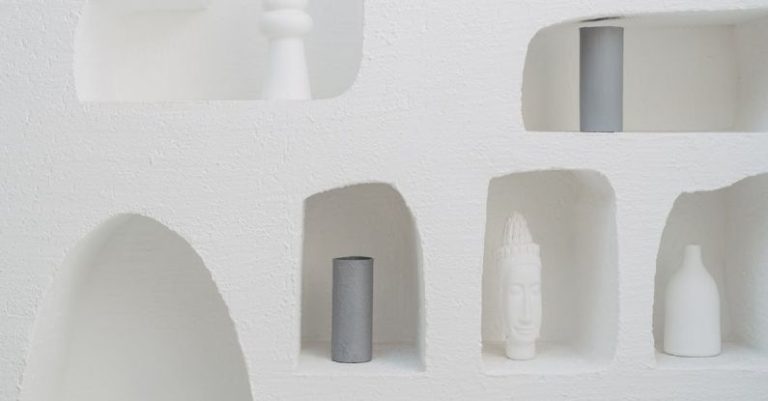Reshaping Skylines with Composite Structures in Architecture
The world of architecture is constantly evolving, pushing boundaries and redefining what is possible in construction. One of the most innovative ways this evolution is taking place is through the use of composite structures. These structures, made by combining two or more materials with different properties, are reshaping skylines around the globe and transforming the way we think about buildings.
Enhancing Strength and Durability
Composite structures offer a myriad of benefits, one of the most significant being their enhanced strength and durability. By combining materials such as fiberglass, carbon fiber, or steel with concrete or other traditional building materials, architects can create structures that are not only lighter but also stronger than those built using conventional methods. This increased strength allows for the creation of taller and more complex buildings, reshaping skylines in ways previously unimaginable.
Unleashing Design Possibilities
The use of composite structures in architecture has also unlocked a new realm of design possibilities. These materials can be molded into almost any shape, allowing architects to create buildings with unique and innovative designs that were once thought to be unachievable. From flowing, organic forms to intricate geometric patterns, composite structures have revolutionized the way we think about architectural design and have enabled architects to push the boundaries of creativity.
Sustainability and Eco-Friendly Construction
In an era where sustainability is of utmost importance, composite structures offer a more eco-friendly alternative to traditional building materials. These structures are often made from recycled materials and are highly energy-efficient, reducing the overall carbon footprint of a building. Additionally, the lightweight nature of composite materials means that less energy is required for transportation and installation, further contributing to a more sustainable construction process. As cities around the world strive to become more environmentally conscious, the use of composite structures in architecture is playing a crucial role in reshaping skylines in a greener and more sustainable way.
Resilience to External Factors
Another key advantage of composite structures is their resilience to external factors such as extreme weather conditions and seismic activity. Buildings constructed using composite materials are better equipped to withstand earthquakes, hurricanes, and other natural disasters, making them a safer and more reliable choice for architects and building owners. This increased resilience not only ensures the safety of occupants but also reduces maintenance costs in the long run, making composite structures a cost-effective and practical solution for modern construction projects.
Iconic Examples of Composite Structures
Several iconic buildings around the world showcase the transformative power of composite structures in architecture. The Burj Khalifa in Dubai, the tallest building in the world, features a composite structure that enables it to reach unprecedented heights while maintaining structural integrity. The Eden Project in the UK, with its iconic biodomes made from composite materials, demonstrates the versatility and sustainability of these structures in creating innovative architectural designs. From the futuristic curves of the Guggenheim Museum in Bilbao to the sleek lines of the Porsche Pavilion in Germany, composite structures have left an indelible mark on the global architectural landscape, reshaping skylines and inspiring future generations of architects.
Embracing the Future of Architecture
As we look to the future of architecture, it is clear that composite structures will continue to play a vital role in reshaping skylines around the world. By offering enhanced strength, limitless design possibilities, sustainability, and resilience to external factors, composite structures are revolutionizing the way we build and experience buildings. From towering skyscrapers to innovative cultural centers, the use of composite materials is paving the way for a more sustainable, efficient, and visually striking architectural landscape. As architects and builders continue to push the boundaries of what is possible, composite structures will undoubtedly remain at the forefront of architectural innovation, shaping the skylines of tomorrow.






